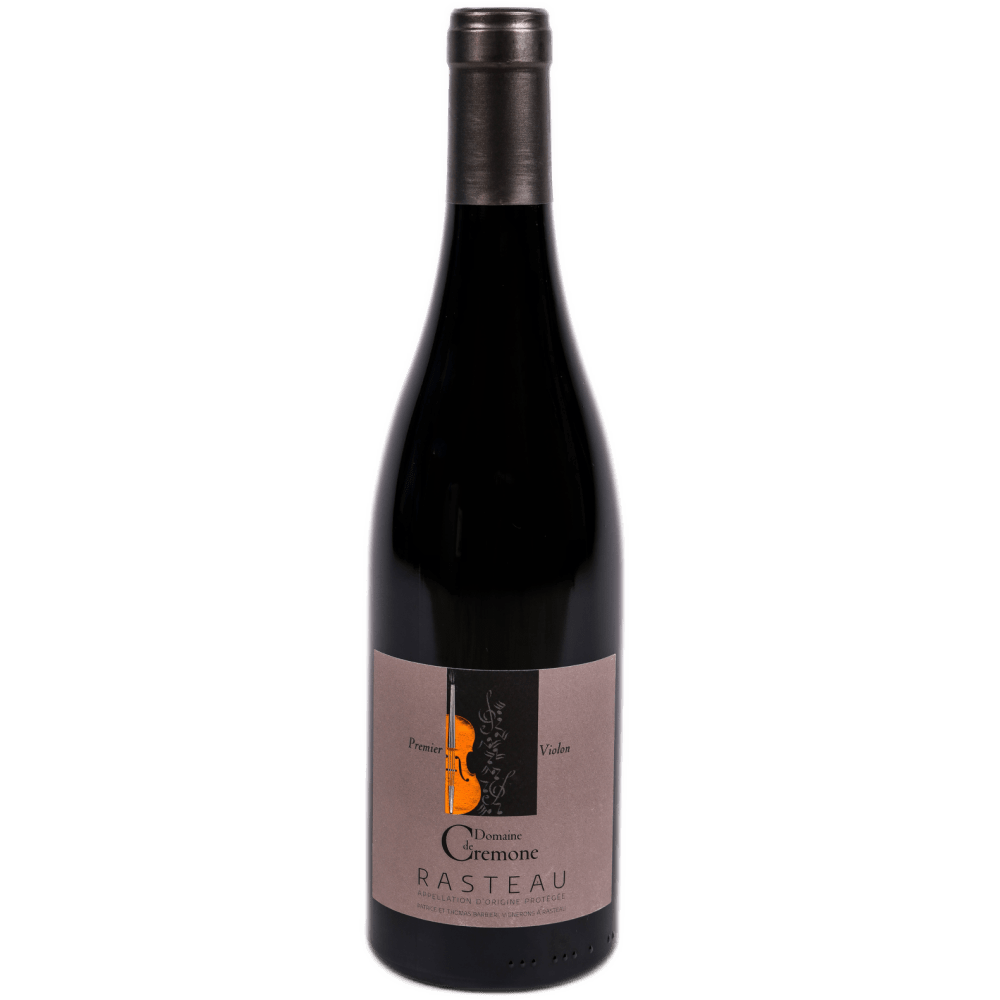No products in the cart.
Domaine de Cremone Rasteau Premier Violon 2015 (Magnum)
Aged for two years in a combination of small, newish oak barrels, large oak casks and enamel vats. Beautiful clear garnet colour. Intense nose with notes of prune, spice and minerals. Medium-bodied with lovely fruit, freshness and spice. Very well balanced and a long finish.
19.00€
Shipping costs are calculated per box of 6 bottles. Each box can contain a mixed selection of wines.
Beyond the Label
Reviews
Beyond the Label
Style
Vintage
Region
Drinking time
Grape varieties
Reviews
Producer profile

Other Wines of Interest
If you like this wine, we recommend you try

